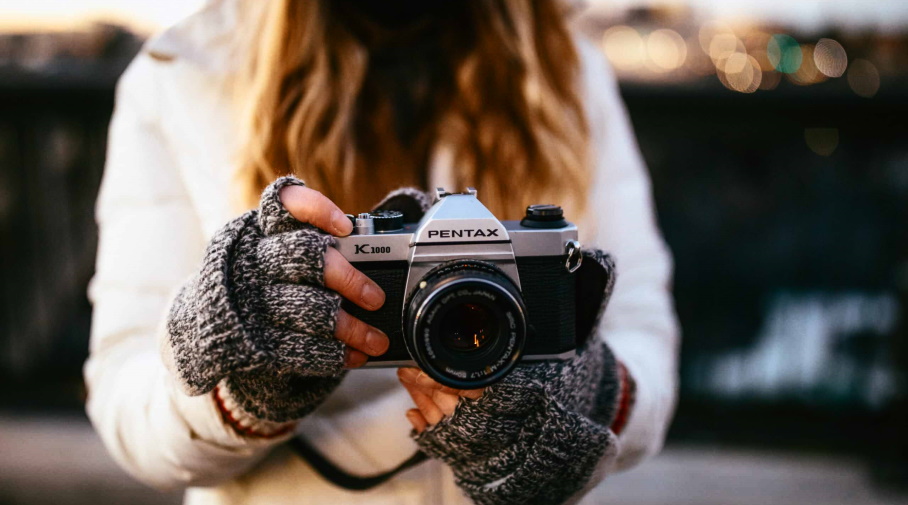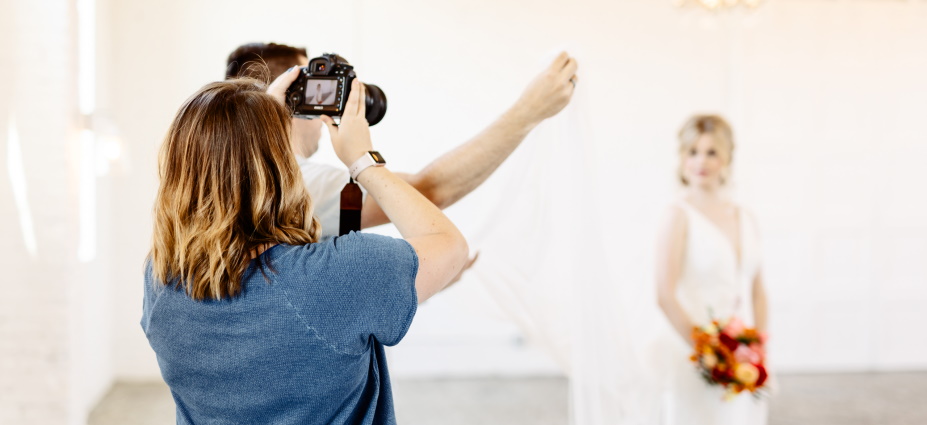Tips to Shoot Film Photography at Weddings
As a professional photographer, I have been asked how to shoot film photography at weddings on many occasions. Weddings are one of the most important days in people’s lives and should be documented as such. One way to do this is by shooting with film photography instead of digital cameras. The film has unique qualities that make it a worthwhile option for those looking for something different from their wedding day photos. This blog post will go over some tips on shooting film photography at weddings using your 35mm camera or an instant camera like the Polaroid SX-70 or Fuji FP-3000B instant photosystem. These tips include what type of films you can use and how you can get creative with them during your special event.
If you consider shooting film photography at your next wedding, there are several things to keep in mind. The first is what type of camera you will be using, as the majority of film cameras shoot black and white images. Next, think about how to best capture candid moments without being too intrusive. Lastly, research where to develop your photographs after the event!
Shoot film: analog wedding photography
Although digital photography has largely replaced film photography in the wedding industry, a few shooters still prefer to stick to their film cameras. This is because the film has a unique look and feels that can’t be matched by digital, and some couples prefer the classic look of the film over the more polished look of digital. If you’re a photographer who wants to shoot weddings on film, there are a few things you need to know.

First, you need to ensure that your equipment is in good working order. If your camera or lenses are old or outdated, it might be time to invest in some new gear. Second, you need to be comfortable working with film and understand the process of developing and scanning. If you’ve never shot on film before, it’s a good idea to start with lesser important shoots like engagement photos or small weddings. Once you’re comfortable working with film, you can move up to shooting bigger weddings and events on the big day itself.
Third, be sure to bring enough film so that you don’t run out. Trying to shoot the rest of a roll in your camera after you’ve already opened it can cause problems. If you find that your film is running out too quickly, try changing the ISO to something higher or shooting in full manual mode instead of aperture priority or shutter priority.
Finally, when you get your scans back from the lab, be sure to do some basic post-processing to get the most out of your photos. This might include adjusting the white balance, contrast, and saturation levels or even doing a little bit of dodging and burning. By taking the time to post-process your film photos, you can make them stand out from the rest.

Do wedding photographers use to film?
While this may seem like a quaint question to those who have been shooting professionally for some time, many people still wonder whether a film is used in modern wedding photography. The answer, quite simply, is yes – although the percentage of shooters using film has diminished dramatically in recent years. This is mainly due to the advancements in digital technology and the reduced cost of shooting digitally. But there are some compelling reasons to consider using film for your wedding photography – let’s take a look at a few of them. A film can produce stunning images with beautiful textures and moods that are difficult or impossible to recreate digitally. It can also be an excellent choice for weddings with a vintage or rustic theme.
Wedding season is upon us, and it’s the perfect time to share some tips on shooting film photography at weddings! This post will cover how to get started, what gear you’ll need, and a few of our favorite setups for various wedding styles. We hope this article will help inspire your creativity and give you the confidence needed to shoot film at your next wedding!

